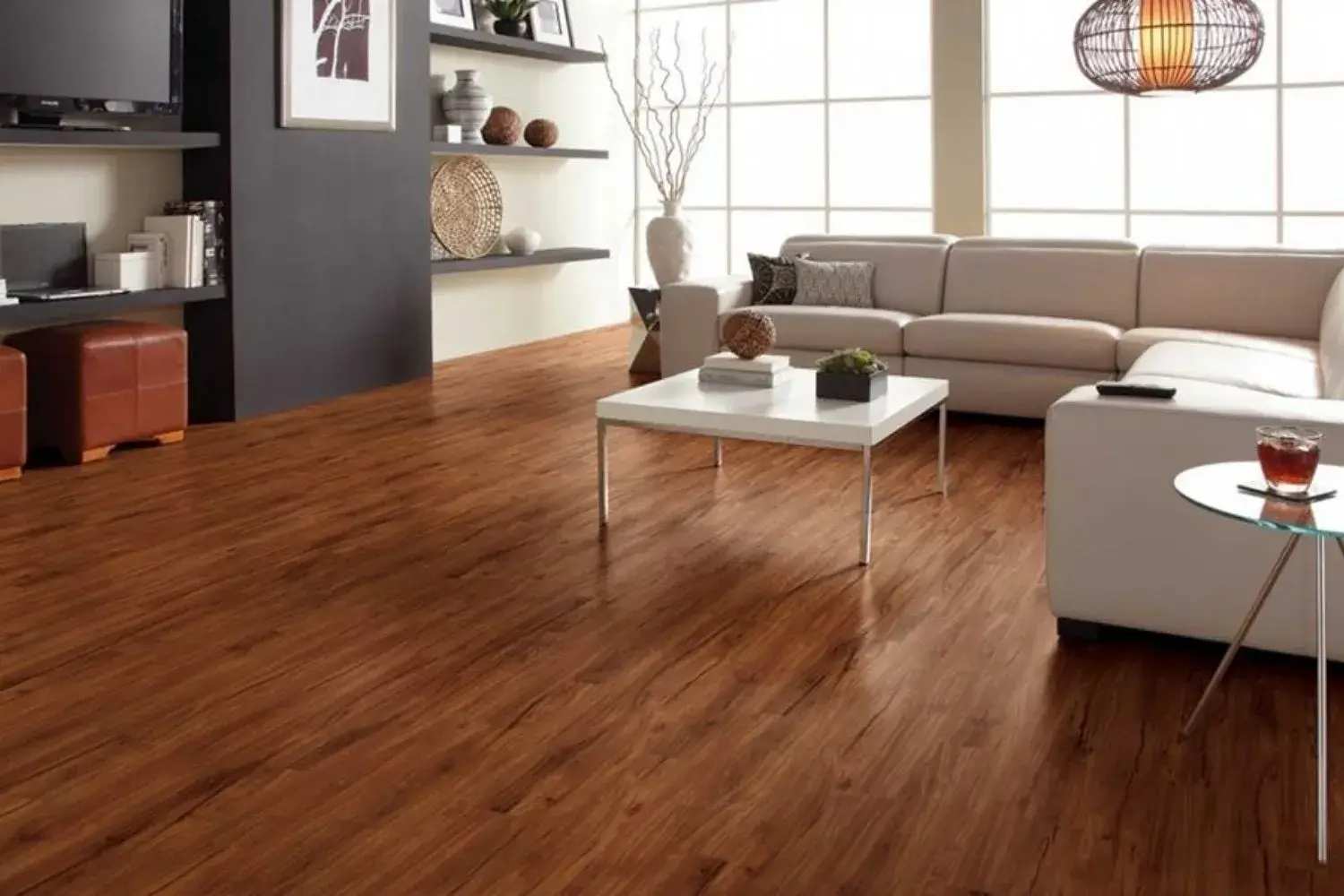The easiest floor tile to maintain is linoleum, which is inexpensive, durable, and easy to clean. Linoleum is a natural material made from linseed oil, wood flour, cork dust, and other renewable ingredients. It comes in a variety of colors, patterns, and textures, and can mimic the look of wood, stone, or ceramic. Linoleum is also resistant to water, stains, scratches, and dents, making it ideal for high-traffic areas like kitchens and bathrooms. In this article, we will explain why linoleum is the easiest floor tile to maintain, how to clean and care for it, and what are some of the benefits and drawbacks of choosing linoleum for your flooring.
Why linoleum is easy to maintain
Linoleum is easy to maintain for several reasons. First, it has a protective coating that prevents dirt and spills from penetrating the surface. This means that you can simply wipe away any messes with a damp cloth or mop, without needing harsh chemicals or special cleaners. Second, linoleum is naturally antibacterial and antistatic, which means that it does not harbor dust mites, mold, or bacteria, and does not attract dust or dirt. This makes linoleum a healthy and hygienic choice for your home, especially if you have allergies or asthma. Third, linoleum is durable and resilient, which means that it can withstand wear and tear, and bounce back from minor impacts or scratches. Linoleum can last for decades if properly maintained, and can even be repaired or refinished if damaged.
How to clean and care for linoleum
Cleaning and caring for linoleum is simple and straightforward. Here are some tips to keep your linoleum floor looking new and fresh:
- Sweep or vacuum regularly to remove dust and dirt. Use a soft-bristle broom or a vacuum attachment with soft bristles to avoid scratching the surface.
- Mop with a mild detergent and water solution once a week or as needed. Use a microfiber mop or cloth and wring out excess water to avoid soaking the floor. You can also use a spray mop with a mild cleaner for quick and easy cleaning. Avoid using abrasive cleaners, ammonia, bleach, or vinegar, as they can damage the protective coating or discolor the floor.
- Remove stains and spills as soon as possible. Blot up any liquids with a paper towel or cloth, and then wipe the area with a damp cloth or mop. For stubborn stains, you can use a mild cleaner or a paste of baking soda and water. Do not use solvents, nail polish remover, or other harsh chemicals, as they can damage the floor.
- Polish or wax the floor once or twice a year to restore shine and protect the surface. You can use a commercial linoleum polish or wax, or a natural product like beeswax or linseed oil. Follow the manufacturer’s instructions and apply a thin and even coat with a cloth or a sponge. Let it dry completely before walking on the floor.
- Protect the floor from scratches and dents. Use felt pads under furniture legs, and lift rather than drag heavy items. Use rugs or mats in high-traffic areas, and avoid wearing shoes with heels or spikes. Trim your pet’s nails to prevent them from scratching the floor.
Benefits and drawbacks of linoleum
Linoleum is a great choice for flooring if you want a low-maintenance, eco-friendly, and versatile option. Some of the benefits of linoleum are:
- It is affordable and cost-effective. Linoleum is cheaper than most other types of flooring, and can save you money in the long run due to its durability and low maintenance.
- It is environmentally friendly and sustainable. Linoleum is made from natural and renewable materials, and does not emit harmful VOCs (volatile organic compounds) or toxins. It is also biodegradable and recyclable, and can reduce your carbon footprint.
- It is comfortable and warm. Linoleum has a soft and cushioned feel, and retains heat well. It is also quiet and does not produce noise when walked on.
- It is stylish and customizable. Linoleum comes in a wide range of colors, patterns, and textures, and can suit any decor or style. You can also mix and match different tiles to create your own design or pattern.
However, linoleum also has some drawbacks that you should consider before choosing it for your flooring. Some of the drawbacks are:
- It is prone to fading and yellowing. Linoleum can lose its color or develop a yellow tint over time due to exposure to sunlight or oxidation. You can prevent this by using curtains or blinds to block direct sunlight, and by polishing or waxing the floor regularly.
- It is susceptible to moisture and humidity. Linoleum can warp, curl, or crack if exposed to excessive moisture or humidity. You can prevent this by installing the floor properly, sealing the seams and edges, and avoiding water spills or leaks.
- It is not compatible with underfloor heating. Linoleum can shrink or expand due to temperature changes, and can damage the heating system or the floor itself. You should avoid using linoleum if you have underfloor heating, or consult a professional before installing it.
Conclusion
Linoleum is the easiest floor tile to maintain, as it is durable, water-resistant, and easy to clean. It is also a natural and eco-friendly option that can add comfort and style to your home. However, linoleum also has some disadvantages, such as fading, yellowing, and moisture sensitivity, that you should be aware of before choosing it for your flooring. If you are looking for a low-maintenance, affordable, and versatile floor tile, linoleum might be the perfect choice for you.

